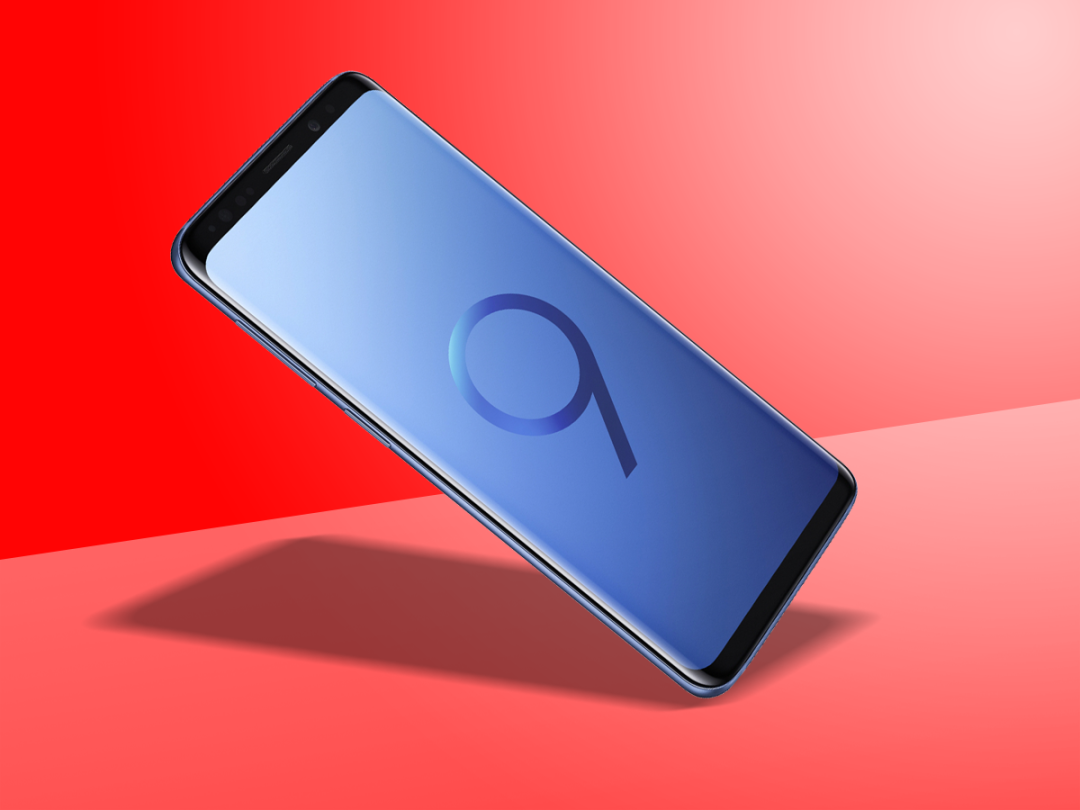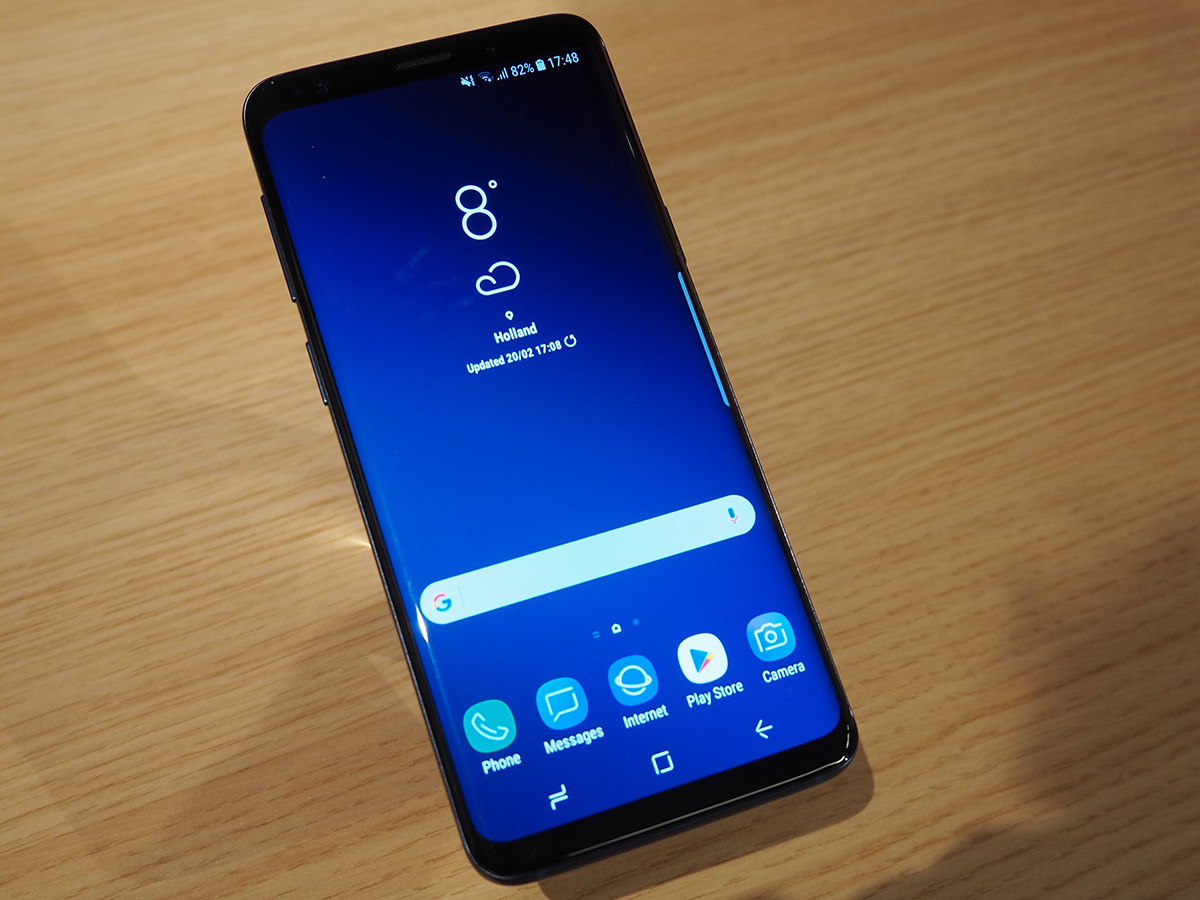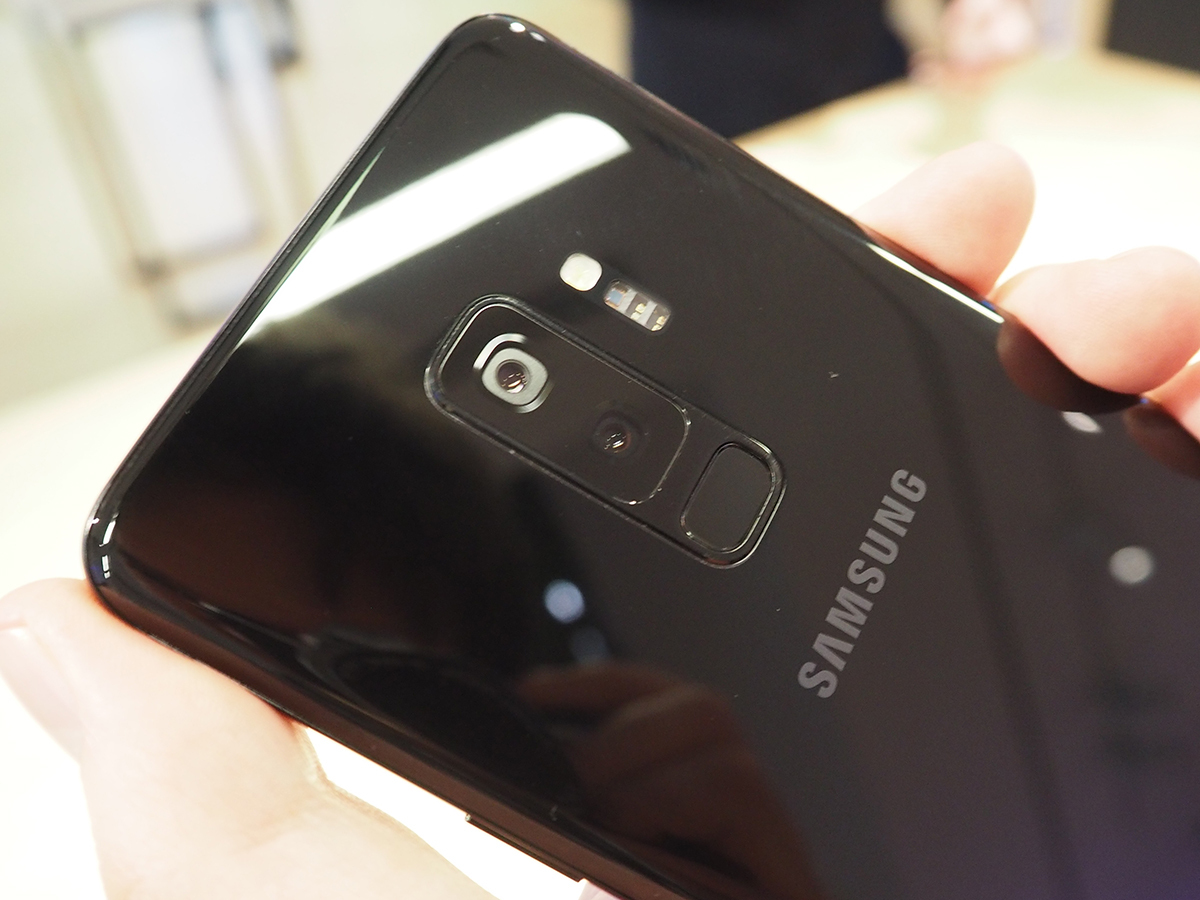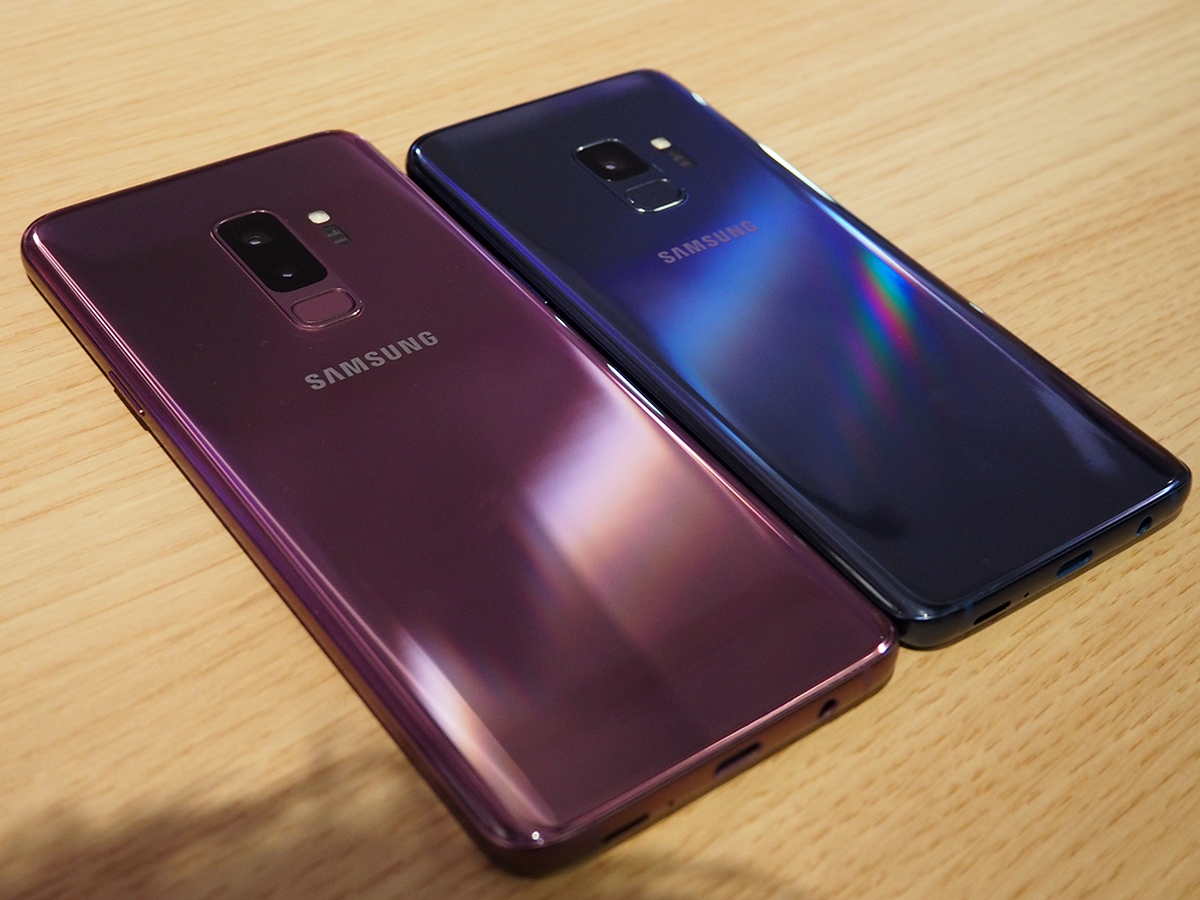Opinion: The Samsung Galaxy S9 is too much of the same
The world's best phone gets marginally better, but doesn't do enough to justify its UK price hike...

Samsung has mostly managed to shed its image its image as a smartphone imitator, emerging in recent years as the leader of the pack. And it gloats about it too.
Even though the early Galaxy S phones were dead ringers for the iPhone – so much so that Apple yielded hundreds of millions of dollars in court judgments over it – Samsung’s marketing campaigns of late paint the company as a true innovator that Apple can only slowly trail.
There’s some truth to that, of course. But with the reveal of the Galaxy S9, I can’t help but wonder where Samsung’s supposed innovative spark went.
It looks and feels so much like last year’s excellent Galaxy S8, and while the new camera enhancements seem like a nice perk, it seems like Samsung is coasting on its success this time around. And charging UK fans a premium while it’s at it.
Bettering the best

What do you do when you’ve made the best smartphone in the world? Well, you make it again. That’s usually how it goes: the "tick-tock" pattern of major smartphones. One year’s the major overhaul, the next year brings the revisions and enhancements. Rinse and repeat.
The Galaxy S8 certainly was the best flagship option for the vast majority of buyers over the last year. Other phones excelled in key ways: the Pixel 2 XL has a better camera, and the iPhone X is more dazzling and daring in its design. But the Galaxy S8 is at or near the top in nearly every category – and at a better price than either of those handsets.
What’s Samsung going to do – scrap the S8 design and start all over again? That seems wasteful, plus that’s how you get into LG’s situation with the G series flagships. We’ve had totally different designs the last three years with the G4, G5, and G6 as the company tries and frustratingly fails to recapture its earlier success.
Still, the Galaxy S9 looks and feels so much like its predecessor that it lacks the wow factor of last year’s head-turning handset. Maybe it’s an unavoidable quandary for Samsung; the off-year revision doesn’t have the pop of its predecessor, even if it’s the better overall phone in some key ways. But even if that’s understandable, it does feel a bit disappointing.
What’s really new here?

Take a quick glance at the Galaxy S9 and Galaxy S9+. See anything different?
You won’t from the front, although the back shows a couple tweaks. The fingerprint sensor has moved to below the camera module, which is a more meaningful change than you might expect, while the Galaxy S9+ adds a second back camera… like a lot of phones from the last year. And there’s more that you won’t catch with the naked eye, particularly the addition of adjustable aperture, which automatically changes based on your lighting to potentially enhance photo detail.
And AR Emoji, Samsung’s take on Apple’s iPhone X Animoji? I’m not terribly excited by what I’ve seen so far – it feels like the kind of late, off-brand knockoff that Samsung might call out in an advert were the tables turned.
Otherwise, the overall look and feel are exactly the same, the screens on both are the same, and they have the same batteries and ports. And the internal hardware and software just see incremental upgrades, with slightly faster processors and a Samsung-skinned version of Android 8 Oreo, which has been slowly rolling out to the Galaxy S8 recently.
We haven’t used the upgraded cameras enough to know how much of a difference the adjustable aperture will make. More importantly, we don’t know yet if Samsung has created a camera system that can take down the Pixel 2 and Pixel 2 XL, which for our money have the best smartphone cameras on the market today. And if not, then we imagine that the S9 won’t be such a significant upgrade over last year’s model, despite Samsung’s bluster about it.
Incremental upgrades are expected to be… well, incremental. But my first impression is that the Galaxy S7 did more to make itself a meaningful upgrade over the Galaxy S6, addressing major issues by bringing back waterproofing and microSD support to the killer S6 design. The S9’s tweaks over the S8 aren’t pointless, certainly, but they feel very minor right now.
Why does it cost more?

And that brings me to this: why is Samsung charging more money for these phones in the UK?
The Galaxy S9 will sell for £739, which is £50 more than the starting price for the Galaxy S8, while the Galaxy S9+ bumps up to a whopping £869 – that’s £90 more than the S8+, and that puts it on par with the Galaxy Note 8 price here.
Meanwhile, America keeps the same pricing as before: US$720 (about £515) for the Galaxy S9 and US$840 (about £600) for the Galaxy S9+. That’s a significantly better deal for them! Flagship prices have nudged up significantly over the last couple years, and keeping the same prices makes a lot of sense for a slight revision.
The Galaxy S9 could well encounter some buyer frustration with these UK increases, especially when you can find the Galaxy S8 for much less money at this point. I’m not sure the S9’s enhancements warrant the extra cash, given how amazing the Galaxy S8 already is.
Look, I’m not calling Samsung out for something we’ve given Apple a pass on. Last year’s iPhone 8 was arguably Apple’s most disappointing upgrade in ages, keeping the same overall design for the fourth-straight edition, and it tacked on £50/US$50 for… what? The glass backing? It was frustrating to be asked to pay more for very small enhancements.
And that’s part of what makes the Galaxy S9’s reveal underwhelming. Samsung has seemingly made the world’s best phone even better, but it’s in apparently small ways – and bumping up the price again puts these phones ever more out of reach of the average consumer. Are the Galaxy S9’s enhancements really worth almost £300 more than the OnePlus 5T at this point?
On the other end of the price pool, the iPhone X is wonderful and feels exciting and new, but it’s also insanely expensive. And Samsung has edged very close to that price point with the Galaxy S9+ here, albeit without the newness and wow factor that came with last year’s edition.
It’s bad timing on Samsung’s part, unfortunately: Apple’s latest and greatest iPhone has a one-of-a-kind appeal… and now Samsung’s latest and greatest doesn’t.
Why upgrade?

At the end of the day, the Samsung Galaxy S9 will probably replace its predecessor as our pick for the best phone in the world right now. Why wouldn’t it? The smartphone landscape hasn’t shifted that dramatically in recent months, and it’s technically a better version of what we already know and love.
And that’s why I can’t help but feel silly for even thinking that the Galaxy S9 is underwhelming. Functionally, there’s no reason to be disappointed: it looks to pack in the best of the best in the smartphone world, albeit with a familiar design.
But that’s the dilemma of the "tock" revision: it just doesn’t feel as special, and it makes you wonder whether we really need an annual release cycle for super-phones like these. The Galaxy S8 will remain excellent for another year, and we can’t imagine that many people will feel the need to swap to the S9 unless they’re already on an annual upgrade program.
Samsung’s real test will come with the Galaxy S10, of course. Can they repeat the incredible feat seen with the Galaxy S6 and Galaxy S8 and create a brand new flagship stunner? Or will they fall into Apple’s frustrating iPhone 6/6s/7/8 pattern and opt to just tweak and revise for another edition?
We’ll find out next year, I suppose – and see whether Samsung has enough ammunition to keep calling itself the real innovator in the smartphone world.



